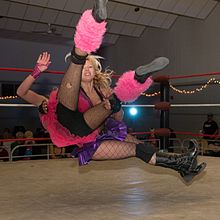Professional wrestling throws are the application of professional wrestling techniques that involve lifting the opponent up and throwing or slamming them down. They are sometimes also called "power" maneuvers, as they are meant to emphasize a wrestler's strength. Many of these moves are used as finishers by various wrestlers, who refer to them by several different names that reflect their gimmick. Moves are listed under general categories whenever possible.
Professional wrestling holds include a number of set moves and pins used by performers to immobilize their opponents or lead to a submission. This article covers the various pins, stretches and transition holds used in the ring. Some wrestlers use these holds as their finishing maneuvers, often nicknaming them to reflect their character or persona. Moves are listed under general categories whenever possible.
A suplex is an offensive move used in sport wrestling, and brazilian jiu jitsu (bjj) as well as amateur wrestling and professional wrestling. It is a throw that involves lifting the opponents and bridging or rolling to slam them on their backs.
Aerial techniques, also known as "high-flying moves" are performance techniques used in professional wrestling for simulated assault on opponents. The techniques involve jumping from the ring's posts and ropes, demonstrating the speed and agility of smaller, nimble and acrobatically inclined wrestlers, with many preferring this style instead of throwing or locking the opponent.
Strikes can be offensive moves in professional wrestling, that can sometimes be used to set up an opponent for a hold or for a throw. There are a wide variety of strikes in pro wrestling, and many are known by several different names. Professional wrestlers frequently give their finishers new names. Occasionally, these names become popular and are used regardless of the wrestler performing the technique.
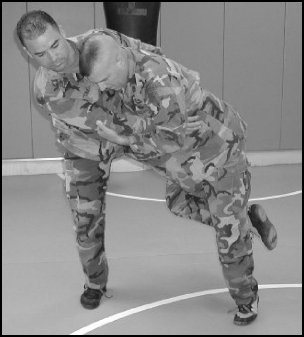
In martial arts and combat sports, a takedown is a technique that involves off-balancing an opponent and bringing them to the ground with the attacker landing on top. The process of quickly advancing on an opponent and attempting a takedown is known as shooting for a takedown, or simply shooting. Takedowns are usually distinguished from throws by amplitude and impact, where the purpose of a throw is to outright eliminate the opponent while purpose of a takedown is to bring the opponent down on the ground, assume a dominant position and then proceed to finish them with jointlocks, chokeholds, or ground and pound.
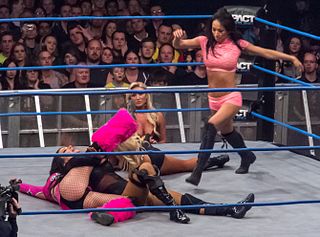
In professional wrestling, a pin is a move where a wrestler holds an opponent's shoulders to the mat in an attempt to score a fall. A pinfall is a common victory condition, where the attacker pins an opponent and the referee makes a three count before the opponent gets released from the pin.
In professional wrestling double-team maneuvers are executed by multiple wrestlers instead of one and typically are used by tag teams in tag team matches. Many of these maneuvers are combination of two throws, or submission holds. Most moves are known by the names that professional wrestlers give their "finishing move" names. Occasionally, these names become popular and are used regardless of the wrestler performing the technique. Moves are listed under general categories whenever possible.
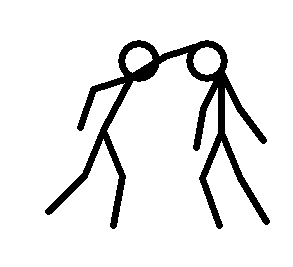
A piledriver is a professional wrestling driver move in which the wrestler grabs their opponent, turns them upside-down, and drops into a sitting or kneeling position, driving the opponent head-first into the mat. The technique is said to have been innovated by Wild Bill Longson.
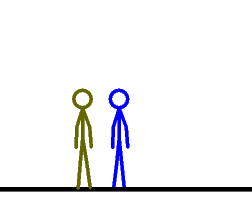
A powerbomb is a professional wrestling throw in which an opponent is lifted and then slammed back-first down to the mat. The standard powerbomb sees an opponent first placed in a standing headscissors position. The opponent is then lifted on the wrestler's shoulders and slammed down back-first to the mat. A prawn hold is commonly used for a pinning powerbomb.

In professional wrestling a DDT is any move in which the wrestler has the opponent in a front facelock/inverted headlock and falls down / backwards to drive the opponent's head into the mat. The classic DDT is performed by putting the opponent in a front facelock and falling backwards so that the opponent is forced to dive forward onto their head. Although widely credited as an invention of Jake Roberts, who gave the DDT its famous name, the earliest known practitioner of the move was Mexican wrestler Black Gordman, who frequently performed it during the 1970s before Roberts popularized it nationwide.

Backbreaker refers to a kind of professional wrestling move which sees a wrestler dropping an opponent so that the opponent's back impacts or is bent backwards against a part of the wrestler's body, usually the knee. The standard version of the move sees the wrestler scoop their opponent horizontally before dropping to one knee, slamming the opponent's back on their other knee.
In professional wrestling, a neckbreaker is any throw or slam that focuses its attack on the opponent's neck. One type of neckbreaker involves the wrestler slamming an opponent's neck against a part of the wrestler's body, usually the knee, head or shoulder. The other type of neckbreaker is a slam technique in which the wrestler throws an opponent to the ground by twisting the opponent's neck. This also refers to a "back head slam" where a wrestler drops to the mat while holding an opponent by their neck.
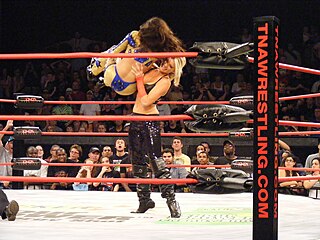
A chokeslam is a type of body slam in professional wrestling, in which a wrestler grasps an opponent's neck, lifts them up, and slams them to the mat. It is common in televised wrestling because it is simple and relatively safe, yet looks powerful on camera. The chokeslam is typically used as a finisher by large wrestlers, further enhancing its perception as a powerful maneuver. This maneuver can be more damaging if the victim is slammed into an object, such as a table, steel chair, or garbage can.
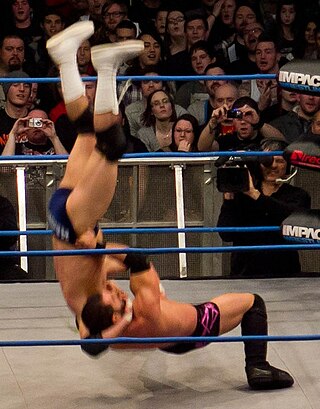
A brainbuster is a professional wrestling throw in which a wrestler puts the opponent in a front facelock, hooks their pants or thigh, and lifts them up as if they were executing a vertical suplex. The wrestler then falls onto their back so that the opponent lands on their head while remaining vertical. This move is a version of the DDT. It was innovated by Killer Karl Kox. In Japanese puroresu, the term "brainbuster" refers to a regular vertical suplex, while the move elsewhere known as a brainbuster is referred to as a "sheer drop brainbuster" or a "vertical (drop) brainbuster".
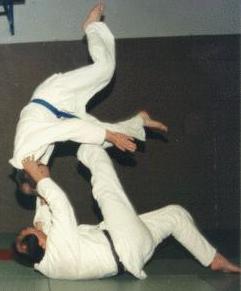
In martial arts, a throw is a grappling technique that involves off-balancing or lifting an opponent, and throwing them to the ground, in Japanese martial arts referred to as nage-waza, 投げ技, "throwing technique". Throws are a subset of takedown (grappling). Certain throwing techniques called sacrifice throws involve putting oneself in a potentially disadvantageous position, such as on the ground, in order to execute a throw.
A facebuster, also known as a faceplant, is generally a takedown move in professional wrestling in which an attacking wrestler forces their opponent down to the mat face-first without involving a headlock or facelock. A standard facebuster, also known as a jumping facebuster, involves the wrestler grabbing hold of the opponent's head/hair and dropping down to their knees, forcing the opponent's face into the mat.

A spinebuster is a professional wrestling move in which an opponent is grabbed by the waist and then slammed down back-first. The standard variation starts with the wrestler facing their opponent and then grabs them around their waist, lifts them up, and then either slams the opponent down while landing on top of them, or tosses them forward on to their back.

In professional wrestling, a cutter is a 3⁄4 facelockneckbreaker maneuver. This move sees an attacking wrestler first apply a 3⁄4 facelock before falling backwards to force the opponent face-first to the mat below.

A stunner is a professional wrestling move, also a common term in professional wrestling referring to the ¾ facelock jawbreaker maneuver. The innovator of the move has been disputed, as both Mikey Whipwreck and Michael P.S. Hayes have both claimed to be behind the origin of the move. The move was named for Stone Cold Steve Austin's Stone Cold Stunner finisher, a finisher suggested to him by Hayes. It involves an attacking wrestler applying a three-quarter facelock before falling to a seated position and forcing the opponent's jaw to drop down on the shoulder of the attacking wrestler. The free hand is sometimes used to hold the top of the head.


